1920s London: Birth of the Modern City
What images are conjured up when we think of London in the 1920s? Perhaps one of a care-free frivolity, of ‘flappers’, bob-cut women dashing about the shops, the jazz music scene and the era of the Big Bands, the latest above the knee dresses that were a practicality for dancing, the Art Deco-style buildings beginning to accent the city?
There is a lot more beneath the surface to explore in the new London Picture Archive 1920s gallery which focuses on 1920s London and its cast of characters in an emerging modern city.
Charlotte Hopkins, curator of the new gallery, takes a brief look at some of its highlights and themes. A number of images in the gallery are by the photographer George W F Ellis (1900-1985) who captured events and the daily lives of people during the 1920s before later settling in Cornwall in 1939. Ellis made helpful notes connected to his photographs so that we can easily get the context.
Inventions and Experiments
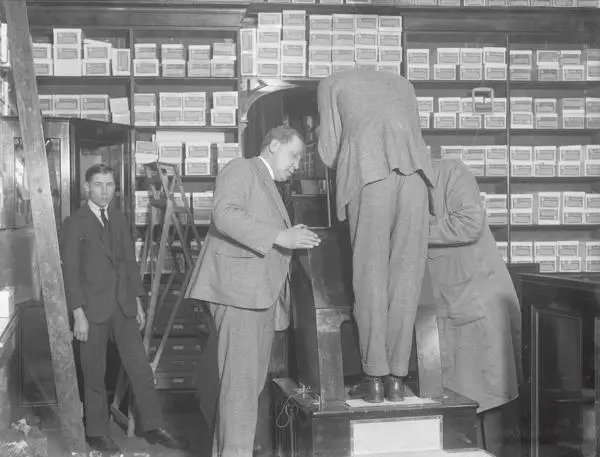
New inventions were changing the lives of the people of the 1920s. Fitting shoes using X-ray examination was a recent development in the United States. In the UK they were known as ‘Pedoscopes’ which were patented by a company in St Albans. It enabled the operator to see the bones in the feet and how much room there was for the foot to fit comfortably in the shoe. It was not without its risks from radiation and customers were advised against multiple shoe-fittings.
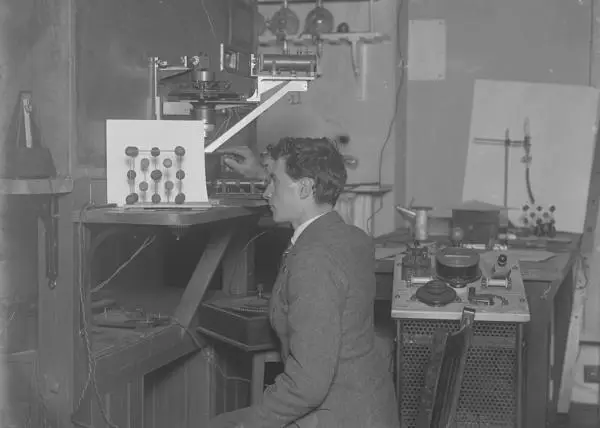
The National Physical Laboratory (NPL) was established in Teddington on the site of the Kew Observatory to maintain accurate standards of scientific measurement in British industry. During the 1920s the NPL were looking at aeronautics, wireless, and colour standardisation. An article appeared in the Illustrated London News on 15 November 1924 concerning their work on atoms in alloy metals as revealed by X-rays.
Crime: Ada Kerr
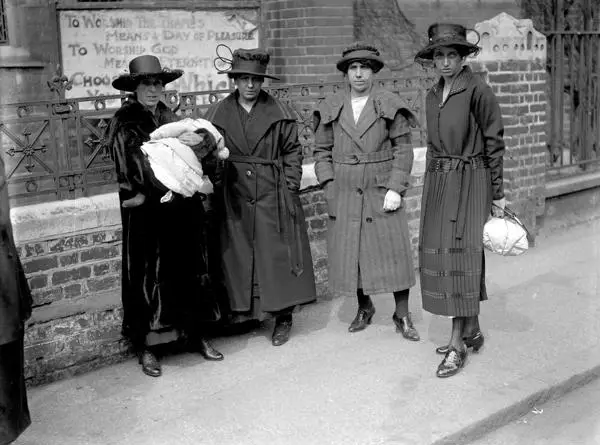
This photograph of a group of women confronting the camera are thought to be the friends of Ada Kerr who was allegedly murdered by Henry Griffin in Whitton Woods on 24 May 1923. Griffin twice stood trial and both juries failed to agree. He died in Brixton prison before a third trial.
According to the press: 'Mrs Kerr was found lying dead in the wood by a man on his way to work. Her throat had been cut. She had lived with her mother and three-year old child at Hounslow Road, Whitton, and on Wednesday evening was seen walking towards the woods. It was then broad daylight…Henry Griffin, who was related by marriage to the dead woman, was yesterday found in his bedroom at Cranford Lane, Heston, Hounslow, with his throat cut. He was taken to St Mary’s Hospital, Paddington, where he made a statement.' (Dundee Evening Telegraph, Friday 25 May, 1923)
Women and opportunity
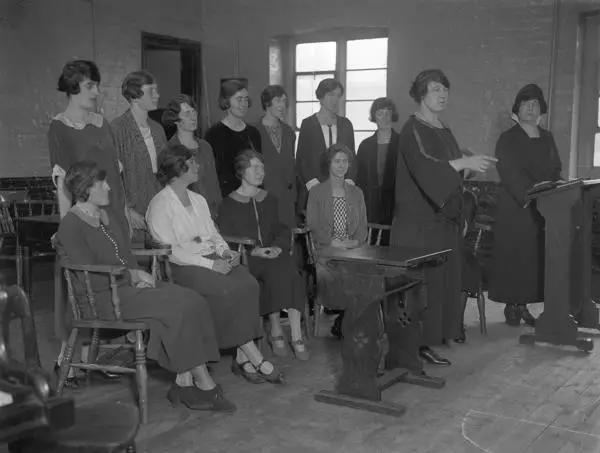
A woman leads a class in the techniques of being an orator. Women over 30 had achieved the vote in 1918 and by 1928 women over the age of 21 had the chance to have a say in who stood for government. Learning about the ways in which to project one’s voice and to be heard is key to the development in these early opportunities for women during this period. Hair is tidied away from the neck in the form of a bob cut or pinned back. The marcel wave was also a popular look at this time. Some Peter Pan collars and T-strap shoes can be observed here.
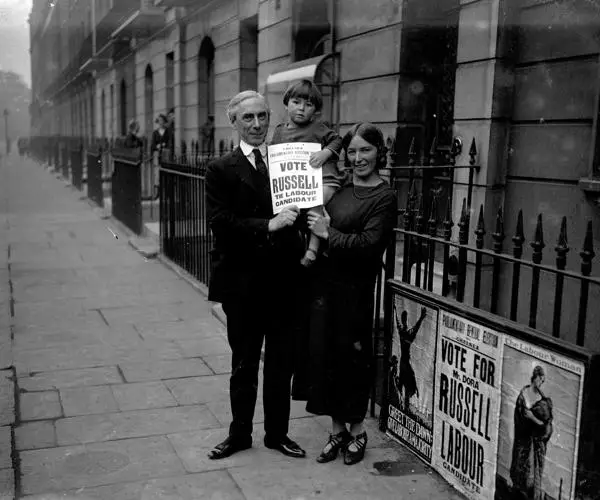
Feminist and socialist campaigner Dora Russell (1894–1986) was the Labour candidate for Chelsea during the general election of 1924. She did not win the seat, although this year saw the first Labour government, with Ramsay MacDonald succeeding as Prime Minister for a term of nine months. Dora’s husband, the philosopher Bertrand Russell, is also seen here in the photograph. He later won the Nobel Peace Prize for Literature for his writing on humanitarian ideals.